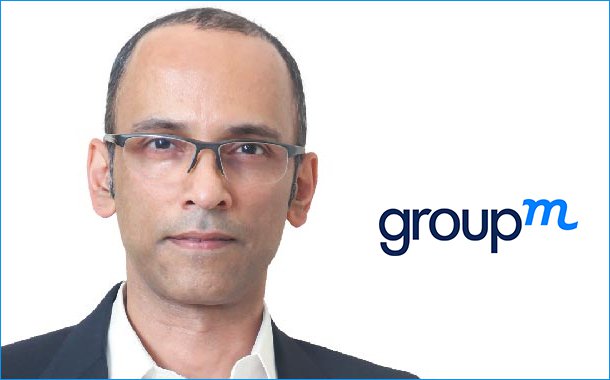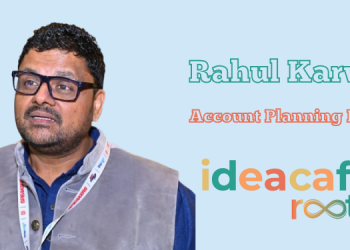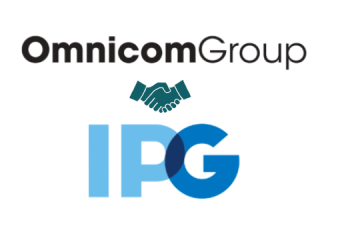By: Yohan P Chawla
This Year Next Year popularly known as TYNY, GroupM’s annual advertising spend forecast report across all forms of media was out yesterday. The popular GroupM Futures report forecasts India will be the world’s fastest growing advertising market in 2019 – a sentiment based on a forecast 14% growth in advertising expenditure.
The report talks about how digital advertising spends have been driving growth at a consistent rate of 30% YoY over the past three years, while television spends have grown by about 15% in one year, showing the trend of the possibility of digital spends exceeding television spends sooner rather than later.
India is the 10th largest ad spending market in the world, and the 3rd highest contributor to incremental ad spends.
What’s interesting here is that the optimistic forecast 14% growth rate rides two major events upcoming in 2019, literally back to back: the general elections and the ICC Cricket World Cup, and the combined share of the ad spend for these two mega events totals to 3%; expected numbers from the other biggie, the VIVO IPL, have not been added to the incremental 3% because the VIVO IPL has been happening every year. Major sectors that will drive heightened AdEx are FMCG, Auto, Digital and Retail (e-commerce, tech/telco, retail) which together will likely drive two-thirds of the ad spends.
To get additional insights on the GroupM TYNY 2019 forecast, I met up with Sam Singh, CEO – GroupM, South Asia.
On the two major spikes’ impact on AdEx growth rate:
On the AdEx growth rate, Singh said, “We look at how a cricket world cup or a general elections have played out in the past; the 3% AdEx growth is not incremental but share of, and there is a subtle difference between that, because what we are certainly not saying is that if it were a year where these two events, the cricket world cup and general elections, were not happening, then that the growth would have been 11% — that’s not what we are saying. What we are saying is that with these two events happening, of the 14% the share of spends on these two events in terms of growth, the ad ex will be 3%. What makes this more interesting is that this is one year where both these events are happening back to back, with a subtle amount of overlap as well.”
On India’s global standing in AdEx
On India’s global standing, Singh said, “In the global perspective, India is at number 10 in terms of the size of AdEx, jumping to number three in terms of contribution to worldwide growth in media spends, and jumping to Number One in terms of rate of growth of 14%. What we are pegging is that the AdEx growth is twice of GDP growth, with all macro-economic factors playing their part.”
On why all media are growing:
On other forms of media, Singh said, “We are forecasting growth across various forms of media, print, radio, out of home and cinema. Cinema in particular is growing at 25% because of multiplexes with sophisticated consumers and increased purchasing power. There are micro trends that are happening within each medium, and it’s not just a digital or television story. India is a large economy where almost all media are showing growth.”
On Digital overtaking TV spends
On the possibility of digital spends overtaking television spends, Singh said, “I think with the relative sizes of television and digital, that is in the future; it’s not today or tomorrow. But what is also interesting in India is that digital has got many aspects to it – the classic content aggregators like Google and Facebook, the OOTs which have television-like content in the digital space, print players beginning to bring in content into digital… we can classify these as digital content, or the expansion of their mediums. Apps such as Tik-Tok with different formats catering to a very specific side of the market place…
“For me, digital becomes a place where content is consumed not necessarily from the point of view of the players that they are digital only, they are multimedia players.”
On the NTO: Need to Separate the noise from the trends
On TRAI’s new Tariff Order, Singh said, “Consumers have been given choice, which is great. I think we need to separate the short-term from the long-term. We need to separate out what happens to channel distribution and availability versus what happens to channel viewership, and the two may be related, but they are not the same.
“The most important thing is to keep an eye as to what is happening: what is the noise and what are trends. We are working very closely on behalf of the advertisers and our channel partners, because at the end of the day there will be some change, but nobody really knows what exactly it is going to be.”

















